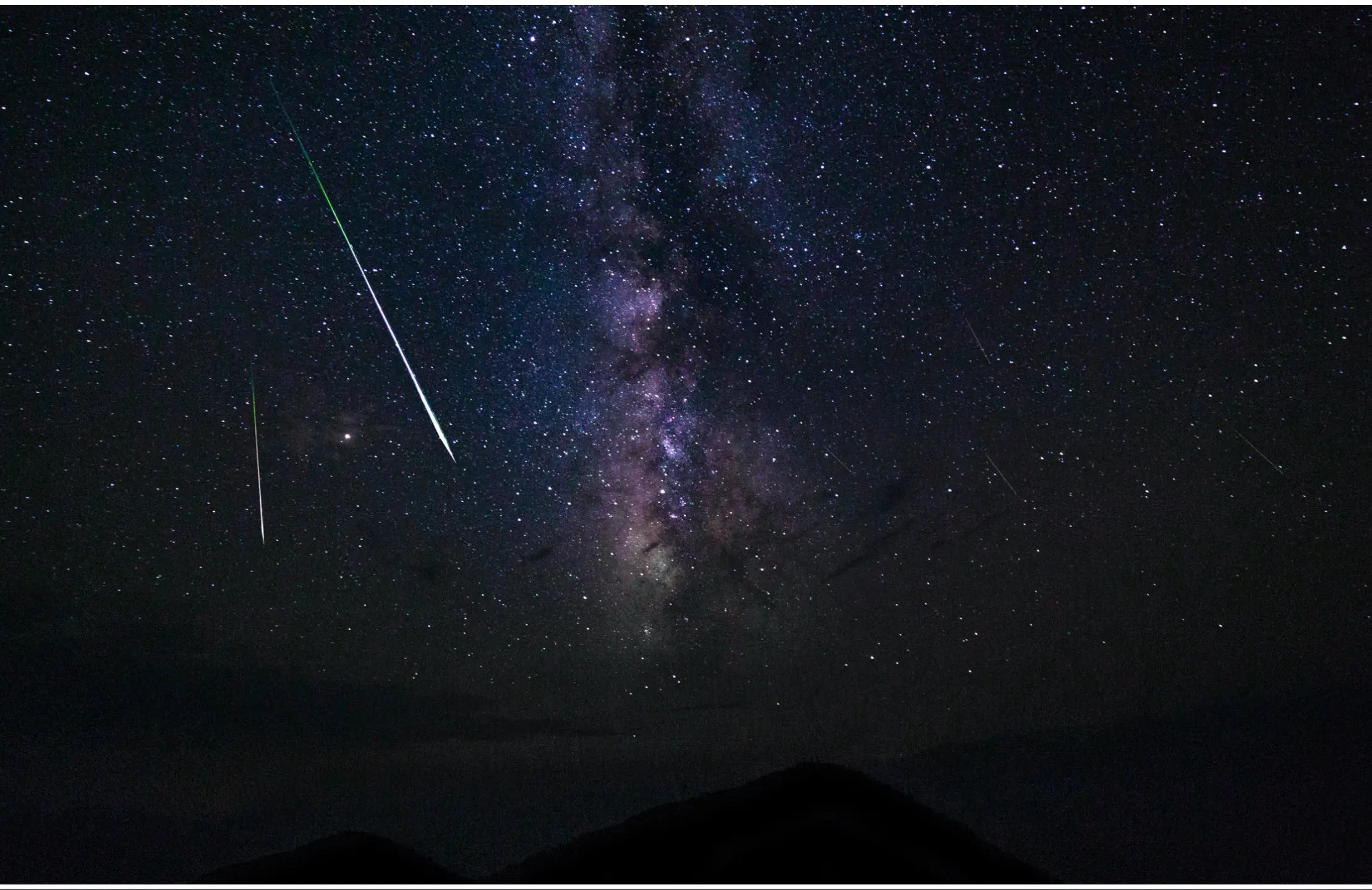What time is the meteor shower today? July’s Southern Delta Aquariids and Alpha Capricornids explained
-
 Image sourced via Unsplash
Image sourced via UnsplashIf you enjoy looking at the night sky, now is a great time to step outside. Two meteor showers—the Southern Delta Aquariids and the Alpha Capricornids—are active during late July, bringing bright streaks of light across the sky. These showers are best seen when the sky is dark and clear, and many stargazers are wondering what time they can catch the show tonight.
These meteor showers happen every year, but this time they are overlapping, which means more chances to see meteors in one night. If the sky is clear where you live, you may be able to spot dozens of meteors per hour. Let’s break down what these meteor showers are, what time to see them, and how to get the best view.
What are the Southern Delta Aquariids?
The Southern Delta Aquariids are a yearly meteor shower that happens from mid-July to mid-August, but they usually peak around July 29–30. These meteors come from leftover pieces of a comet called 96P/Machholz. As Earth moves through these bits of space dust, the tiny particles burn up in our atmosphere, creating bright flashes in the sky.
This meteor shower is known for producing steady and smooth meteors. On a good night, you might see about 15 to 20 meteors per hour during the peak. These meteors tend to be fast and can sometimes leave glowing trails behind them.
What are the Alpha Capricornids?
The Alpha Capricornids are less active than the Southern Delta Aquariids, but they can still offer a great show. This meteor shower is active from early July to mid-August, with a peak around July 30. These meteors come from a comet called 169P/NEAT.
Even though this shower doesn’t have a high number of meteors—maybe 5 per hour at most—it’s famous for producing bright fireballs. These are large, glowing meteors that are slower and longer-lasting than the smaller ones, making them easier to see.
What time should you watch the meteor showers?
The best time to see both meteor showers is usually after midnight and before dawn, when the sky is darkest and the Moon is low or has set. For most locations, this means looking up between 12:30 AM and 4:00 AM local time.
To get the best view, try to go somewhere with little light pollution—like a park, field, or countryside. Let your eyes adjust to the dark for about 20 to 30 minutes, and look up at the widest part of the sky. You don’t need a telescope or binoculars. Just lie back, relax, and enjoy the natural show.
Where to look in the sky?
The Southern Delta Aquariids appear to come from the Aquarius constellation, while the Alpha Capricornids seem to come from Capricornus. You don’t have to know exactly where these constellations are, but facing south or southeast gives you the best chance of spotting more meteors from both showers.
Since the meteors can appear anywhere in the sky, try to find a wide, open view without tall buildings or trees in the way.
How long will these showers last?
Both meteor showers will continue through the first week of August, so if the weather isn’t clear tonight, you still have several days to try again. However, the peak nights—especially around July 29 to 31—will give you the highest number of meteors and the best show.
These two showers don’t often overlap this perfectly, so this year is a good chance to catch both at once.
The night skies in late July are offering something special with the Southern Delta Aquariids and Alpha Capricornids meteor showers. Even if you only catch a few meteors, seeing a bright fireball or a silent streak of light across the sky can be a magical experience.
So, if you’re asking, what time is the meteor shower today?—the answer is after midnight, into the early morning hours. Grab a blanket, find a quiet spot, and look up.
TOPICS: Meteor Shower
- When and where to watch the Beaver Moon and Taurid meteor shower this week
- When is the next meteor shower in 2025? Everything you need to know about South and North Taurid meteor showers
- Draconid meteor shower to peak tonight on October 8, 2025 — here’s what skywatchers can expect
- When is the meteor shower tonight and how can you watch the Perseids at their peak?